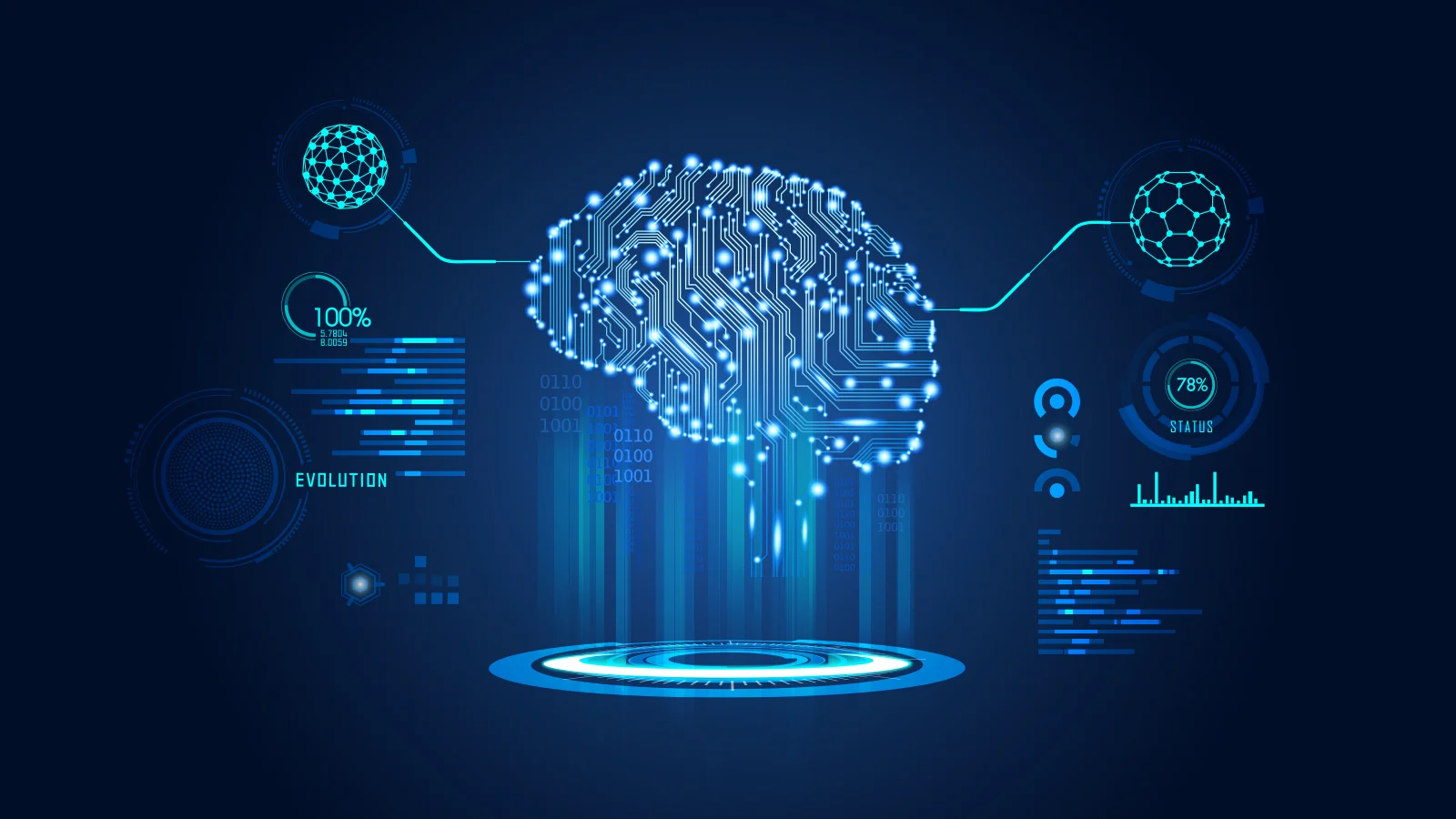What is Deep Learning, and How Does It Relate to Data Science?
 Muskan
Muskan
In the field of technology, few concepts have garnered as much attention as deep learning. This subset of artificial intelligence (AI) has revolutionized the way machines learn from data, paving the way for advancements in various applications, from image recognition to natural language processing. In this article, we’ll delve into what deep learning is, its significance, and how it relates to data science.
Understanding Deep Learning
Deep learning is a machine learning technique that utilizes artificial neural networks to model complex patterns in large datasets. The term "deep" refers to the multiple layers of processing that neural networks can perform. Each layer is responsible for learning different representations of the input data, enabling the model to capture intricate patterns and features.
Key Characteristics of Deep Learning:
Hierarchical Learning: Deep learning models learn to identify patterns in data through a hierarchy of layers. The initial layers might detect simple features (like edges in an image), while deeper layers can identify more complex features (such as shapes or objects).
Data-Driven: Deep learning algorithms excel when trained on large volumes of data. The more data they have, the better they become at making predictions or classifications.
High Dimensionality: Deep learning is particularly well-suited for high-dimensional data, such as images, videos, and audio signals. Its ability to process vast amounts of information makes it a powerful tool in fields like computer vision and speech recognition.
Deep Learning vs. Traditional Machine Learning
While both deep learning and traditional machine learning fall under the umbrella of AI, they differ significantly in their approaches and capabilities:
Feature Engineering: Traditional machine learning often requires manual feature extraction, where experts identify relevant features to help the model learn. In contrast, deep learning automates this process by learning features directly from raw data.
Complexity and Scale: Deep learning models are generally more complex and require more computational power than traditional algorithms. They can handle unstructured data better, making them ideal for tasks like image and text classification.
Performance: In many applications, deep learning outperforms traditional machine learning, especially when large datasets are available. For example, deep learning has dramatically improved the accuracy of image recognition systems.
The Relationship Between Deep Learning and Data Science
Data science encompasses a wide range of techniques for extracting insights from data, and deep learning is one of the most powerful tools in a data scientist's toolkit. Here’s how deep learning fits into the broader data science landscape:
Data Preparation: Before deep learning models can be applied, data scientists must prepare the data, ensuring it’s clean and formatted correctly. This process includes data cleaning, normalization, and splitting the dataset into training, validation, and testing subsets.
Model Development: Data scientists use deep learning frameworks like TensorFlow and PyTorch to build, train, and evaluate neural networks. This involves selecting the appropriate architecture, tuning hyperparameters, and ensuring that the model generalizes well to unseen data.
Insight Extraction: Once trained, deep learning models can be used to generate predictions or classifications that provide valuable insights for businesses. For example, they can analyze customer behavior, predict sales trends, or enhance product recommendations.
Iterative Improvement: Data science is inherently iterative. Data scientists continually refine their models by analyzing performance metrics, adjusting parameters, and retraining with updated data to improve accuracy and effectiveness.
Applications of Deep Learning in Data Science
Deep learning has found applications across various domains within data science, including:
Image and Video Analysis: Deep learning is widely used in computer vision tasks such as object detection, facial recognition, and image segmentation.
Natural Language Processing (NLP): Deep learning models are the backbone of many NLP applications, including language translation, sentiment analysis, and chatbots.
Healthcare: In medical imaging, deep learning algorithms can analyze X-rays and MRIs to assist in diagnosing diseases.
Finance: Deep learning is utilized for fraud detection, algorithmic trading, and risk assessment in financial institutions.
Autonomous Systems: Deep learning powers self-driving cars and robotics, enabling these systems to perceive and interpret their environments.
Conclusion
Deep learning represents a significant advancement in the field of machine learning and is an integral part of data science. Its ability to automatically learn complex patterns from vast amounts of data has made it indispensable in various applications, ranging from image recognition to natural language processing. As the field continues to evolve, the relationship between deep learning and data science will only strengthen, providing exciting opportunities for innovation and insight extraction. For those looking to enhance their skills in this area, enrolling in a Data Science Training Institute in Noida, Delhi, Lucknow, Meerut and more cities in India can provide valuable knowledge and hands-on experience in deep learning techniques and their applications.
Subscribe to my newsletter
Read articles from Muskan directly inside your inbox. Subscribe to the newsletter, and don't miss out.
Written by
